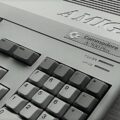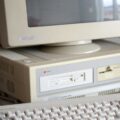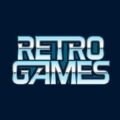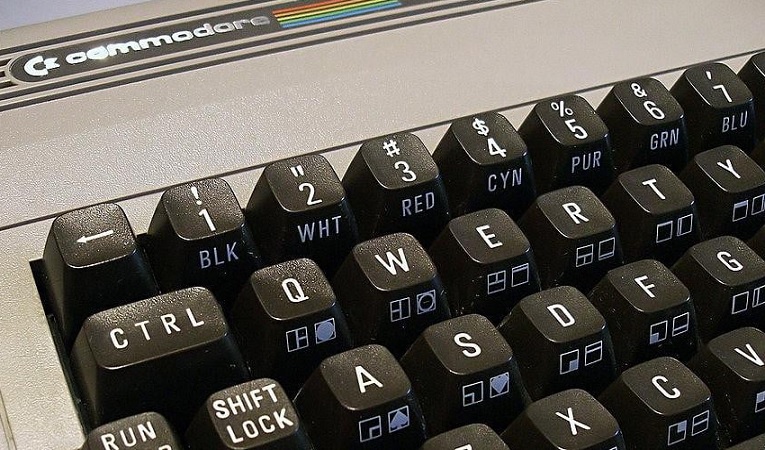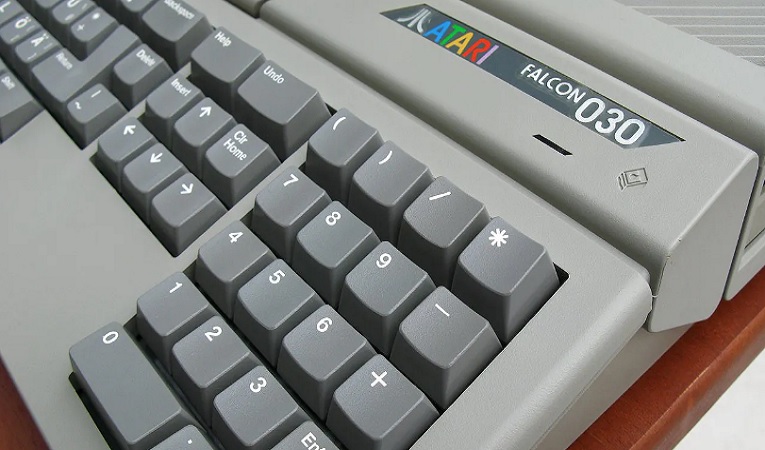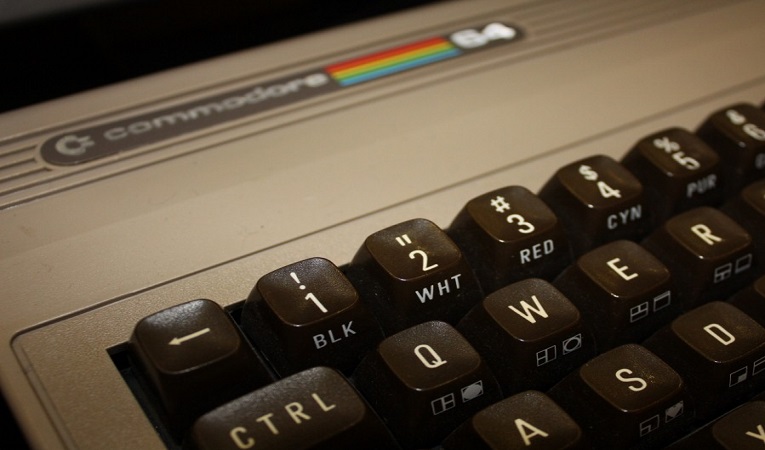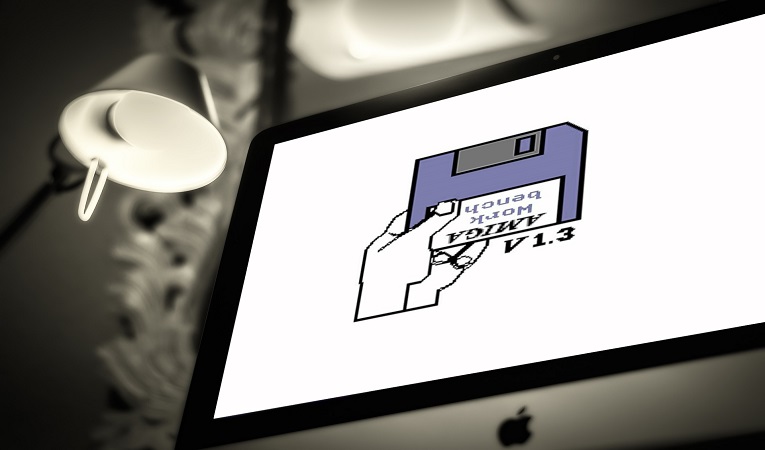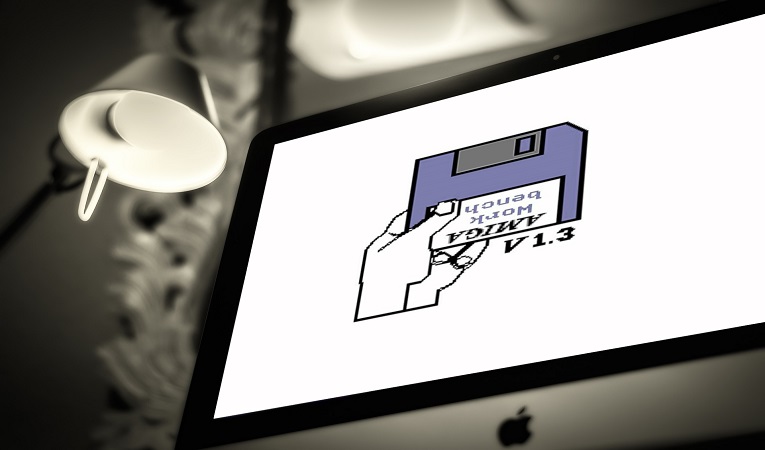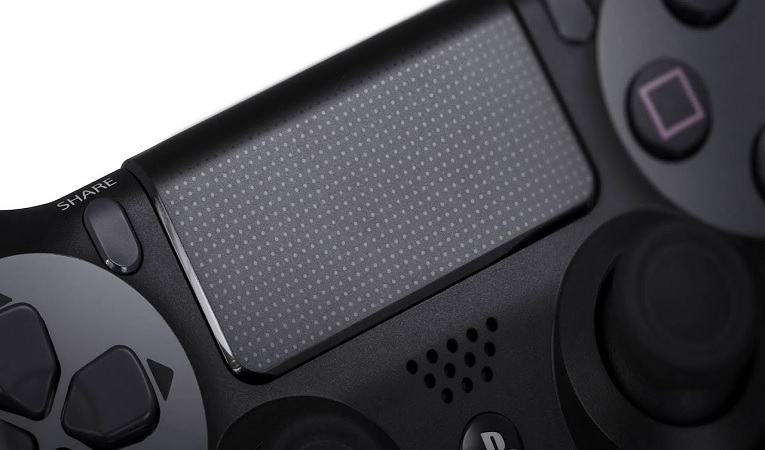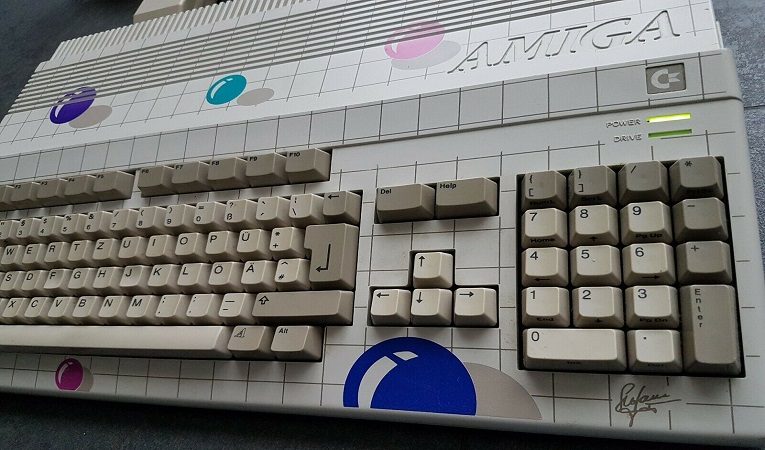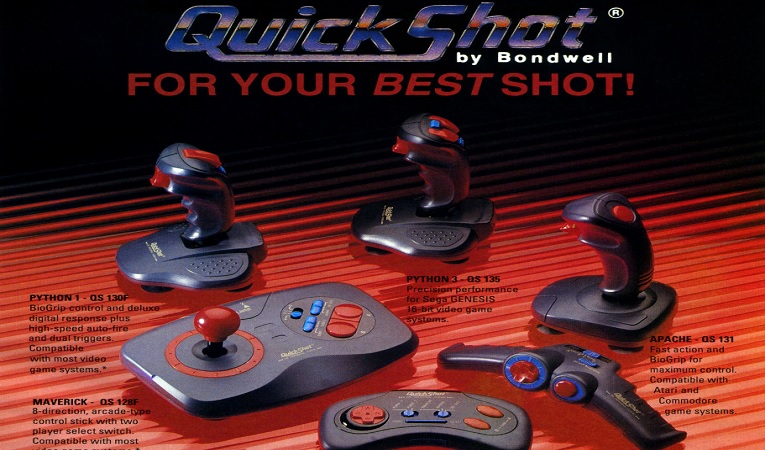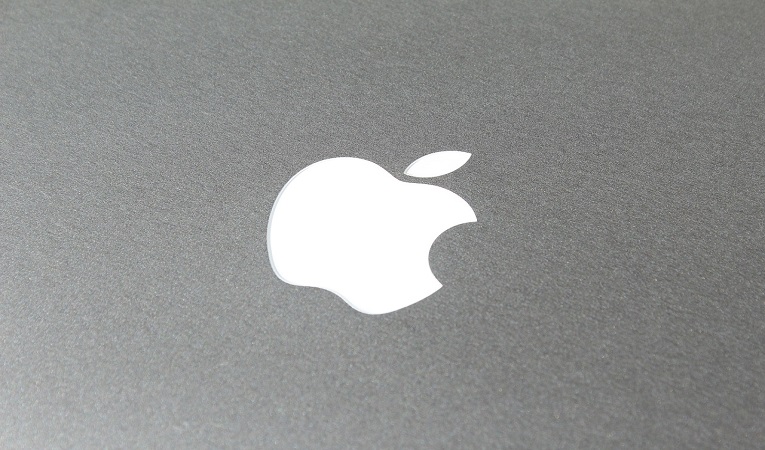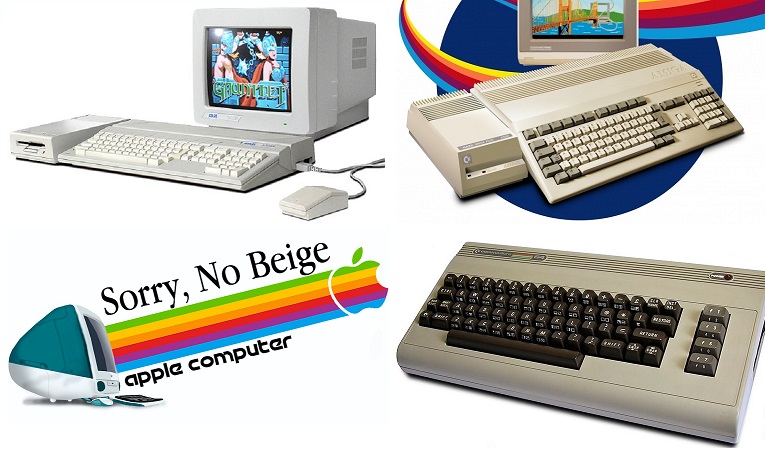
It is a truism that computing continues to change our world. It shapes how objects are designed, what information we receive, how and where we work, and who we meet and do business with. And computing changes our understanding of the world around us and the universe beyond. The 70s, 80s and 90s changed everything for humanity and this thanks to several computer manufacturers. Here are the seven most iconic and popular home computer models.
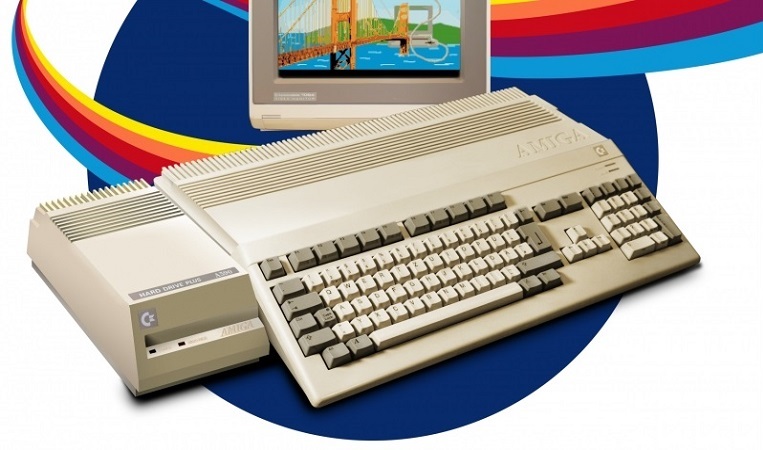
The Amiga 500, is the first low-end Commodore Amiga 16/32-bit multimedia home computer. The original Amiga 500 proved to be Commodore’s best-selling Amiga model, enjoying particular success in Europe. Although popular with hobbyists, arguably its most widespread use was as a gaming machine, where its advanced graphics and sound were of significant benefit. Over 6 million A500s were sold worldwide.
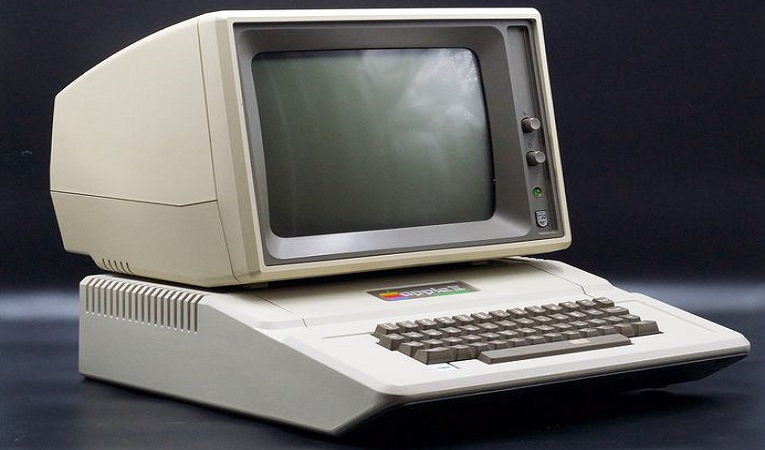
The Apple II released in June 1977, is an 8-bit home computer and one of the world’s first highly successful mass-produced microcomputer products. The Apple II marks Apple’s first launch of a personal computer aimed at a consumer market. The original retail price of the computer with 4 KiB of RAM was $1,298 (equivalent to $5,476 in 2020) and $2,638 (equivalent to $11,130 in 2020) with the maximum 48 KB of RAM. Perhaps most significantly, the Apple II was a catalyst for personal computers across many industries; it opened the doors to software marketed at consumers.
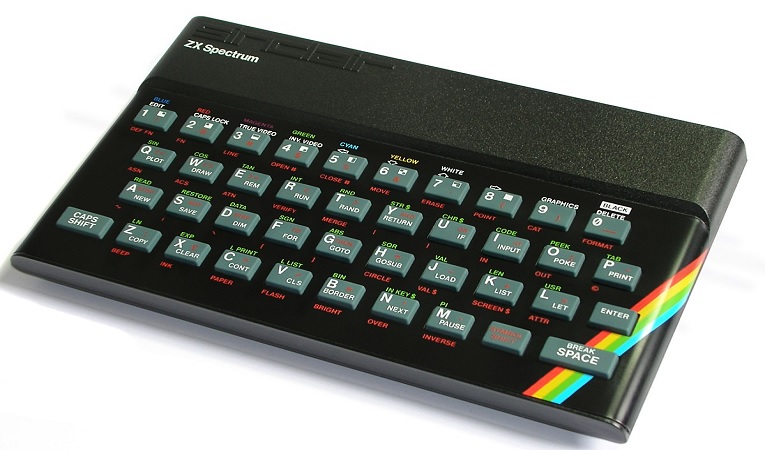
The ZX Spectrum is an 8-bit personal home computer released in the United Kingdom in 1982 by Sinclair Research. The Spectrum was among the first mainstream-audience home computers in the UK. The Spectrum was released as eight different models, ranging from the entry level with 16 KB RAM released in 1982 to the ZX Spectrum +3 with 128 KB RAM and built in floppy disk drive in 1987; together they sold over 5 million units worldwide. The machine was officially discontinued in 1992.
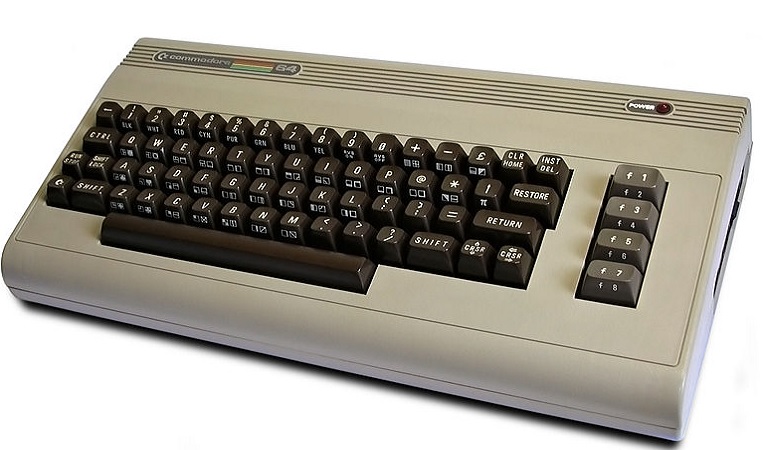
The Commodore 64, also known as the C64, is an 8-bit home computer introduced in January 1982 by Commodore International. It has been listed in the Guinness World Records as the highest-selling single computer model of all time, with independent estimates placing the number sold up to 17 million units. The C64 dominated the low-end computer market for most of the 1980s. For a substantial period, the C64 had between 30% and 40% share of the US market. outselling IBM PC compatibles, Apple computers, and the Atari 8-bit family of computers. Approximately 10,000 commercial software titles have been made for the Commodore 64, including development tools, office productivity applications, and video games.
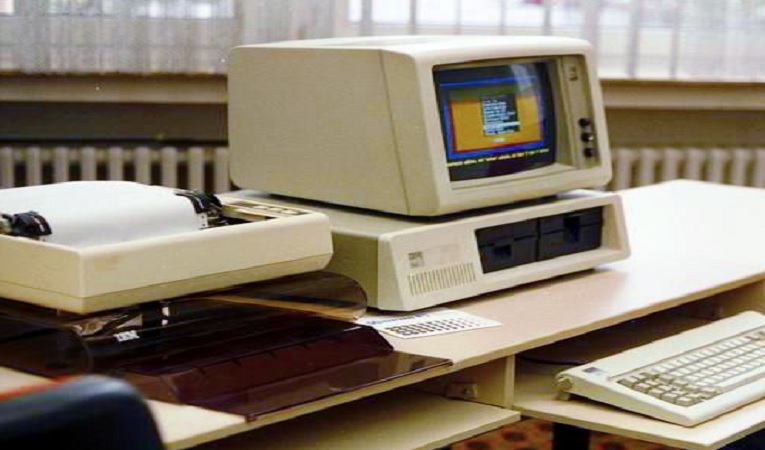
IBM model number 5150 was introduced on August 12, 1981. Many criticized the PC’s design as outdated and not innovative, and believed that alleged weaknesses, such as the use of single-sided, single-density disks with less storage than the computer’s RAM, and limited graphics capability. However, IBM had a substantial influence on the personal computer market in standardizing a design for personal computers. Only the Apple C64 types of computers kept a significant share of the microcomputer market after the 1980s without compatibility with the IBM personal computer. And the rest is history…
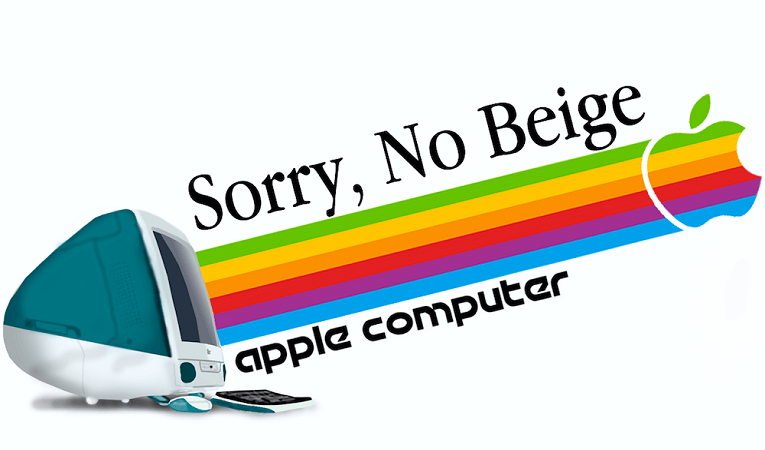
The iMac G3, originally released as the iMac, is a series of Macintosh personal computers designed, manufactured, and sold by Apple Computer, Inc. from 1998 to 2003. The iMac was dramatically different from any previous mainstream computer. The iMac G3’s unique shape and color options helped ingrain itself into late 1990s pop culture. The iMac was the first computer to exclusively offer USB ports as standard The marketing and sales success of the iMac G3 contributed to Apple’s turnaround from financial ruin in the late 1990s and revitalized the Apple brand as design-oriented and simple.
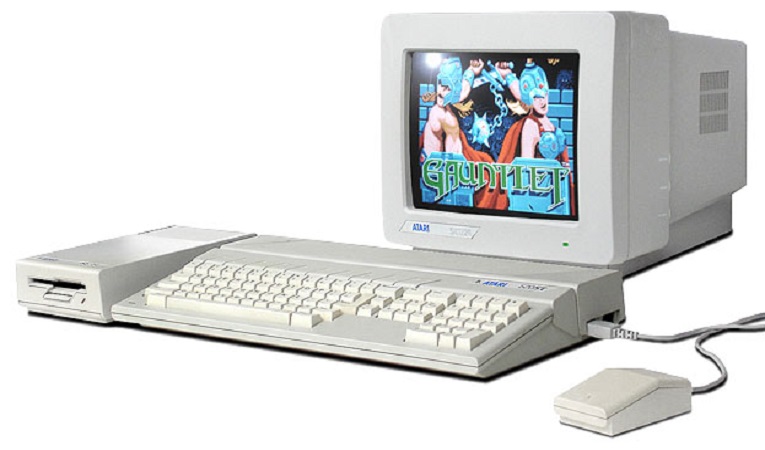
The Atari ST was born from the rivalry between home computer makers Atari, Inc. and Commodore International. The Atari ST is part of a mid-1980s generation of home computers that have 16 or 32-bit processors, 256 KB or more of RAM, and mouse-controlled graphical user interfaces. The 520ST is the first personal computer to come with a bitmapped color GUI. The 1040ST, released in 1986, is the first personal computer to ship with a megabyte of RAM in the base configuration Initial sales were strong, especially in Europe where Atari sold 75% of its computers. Germany became Atari’s strongest market.

